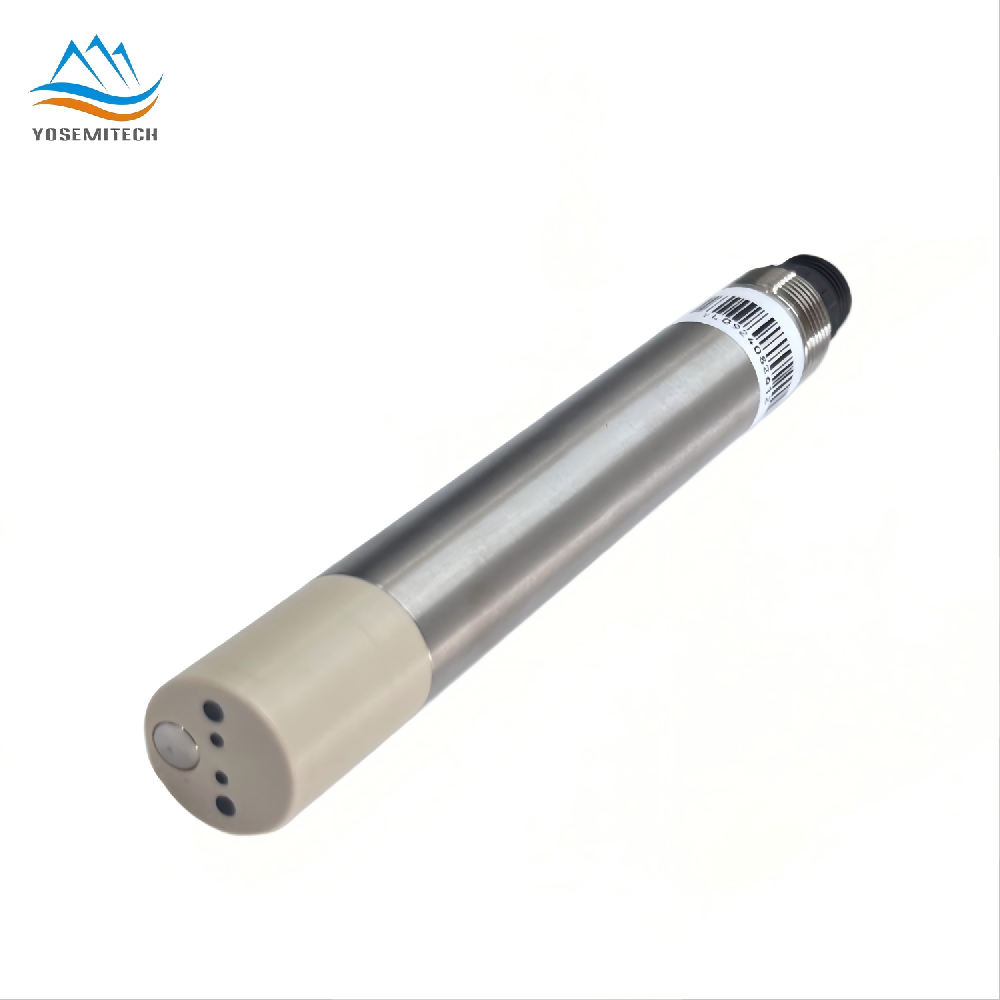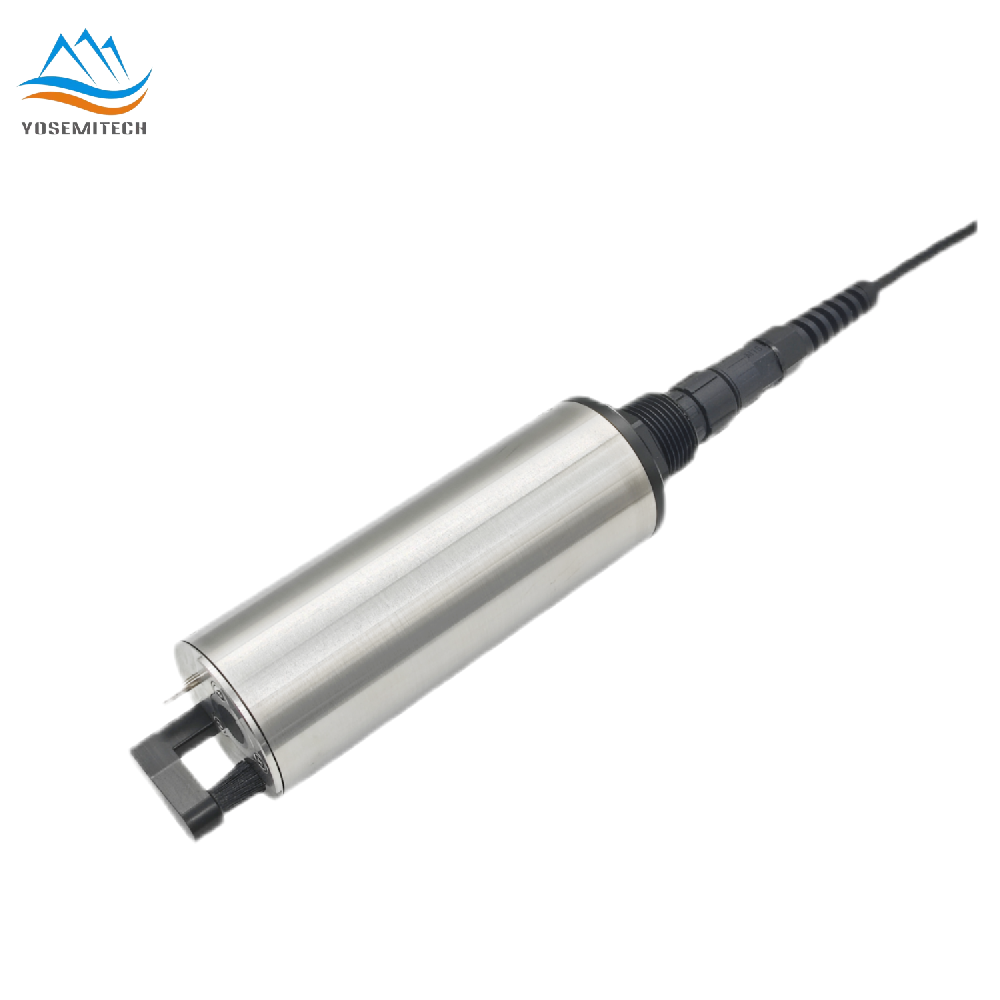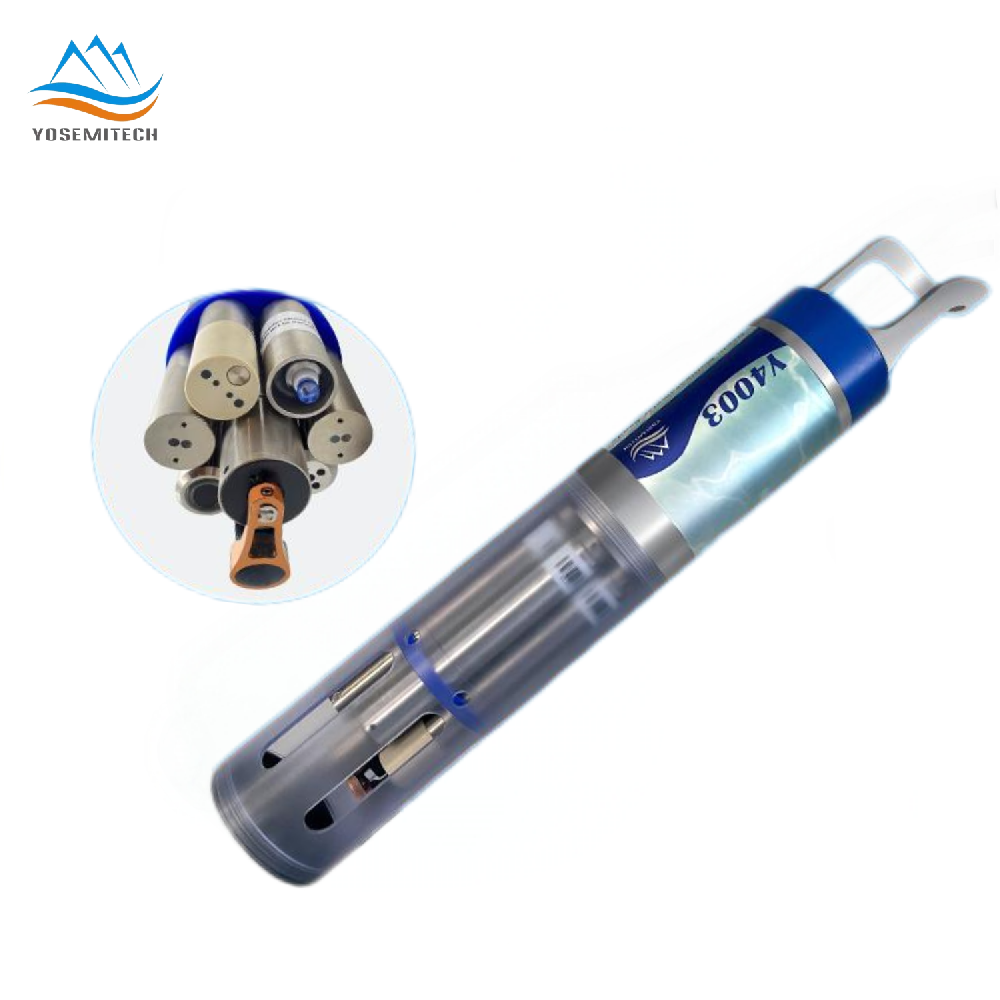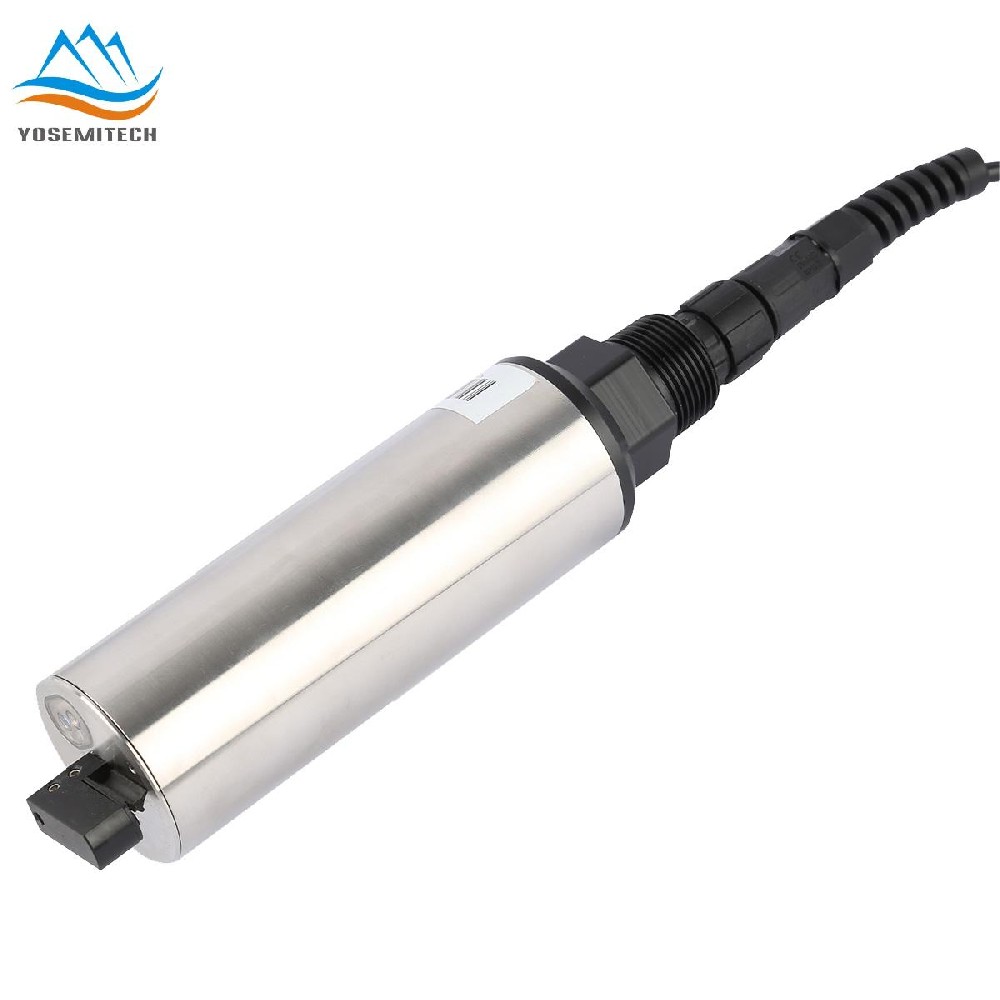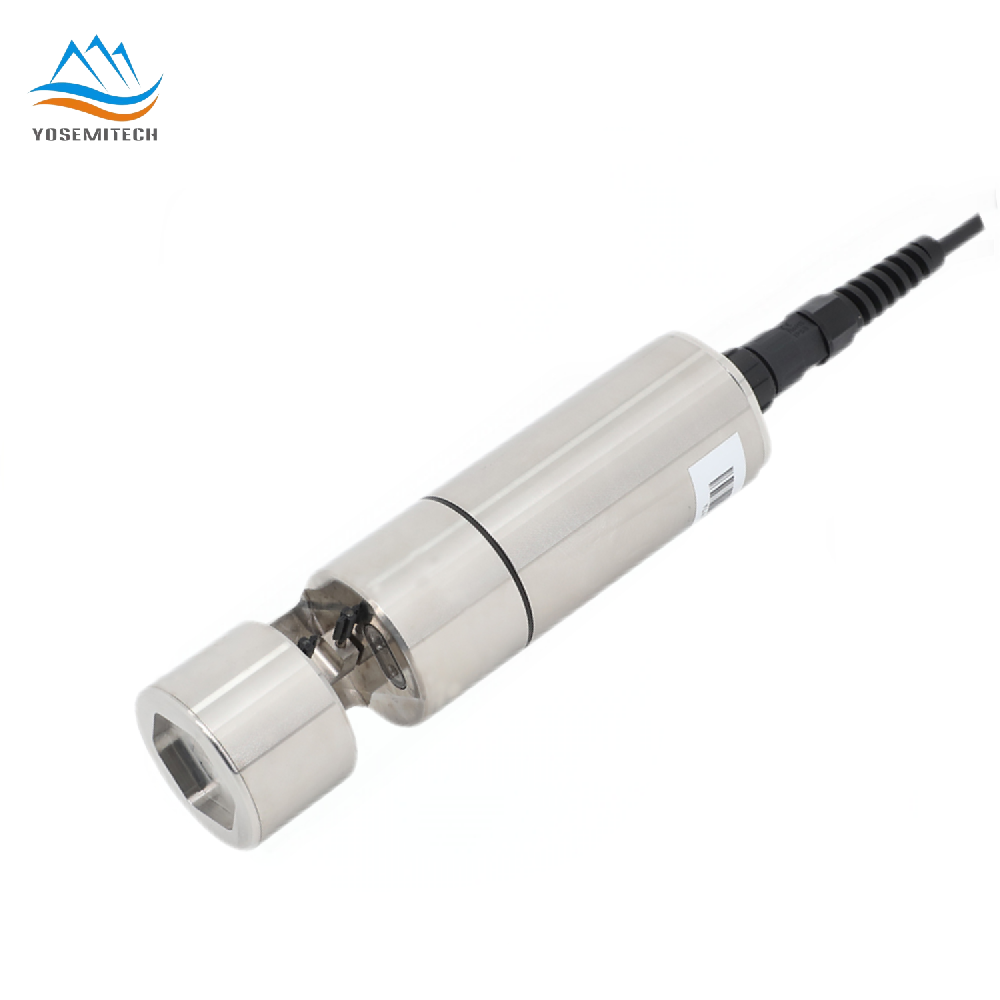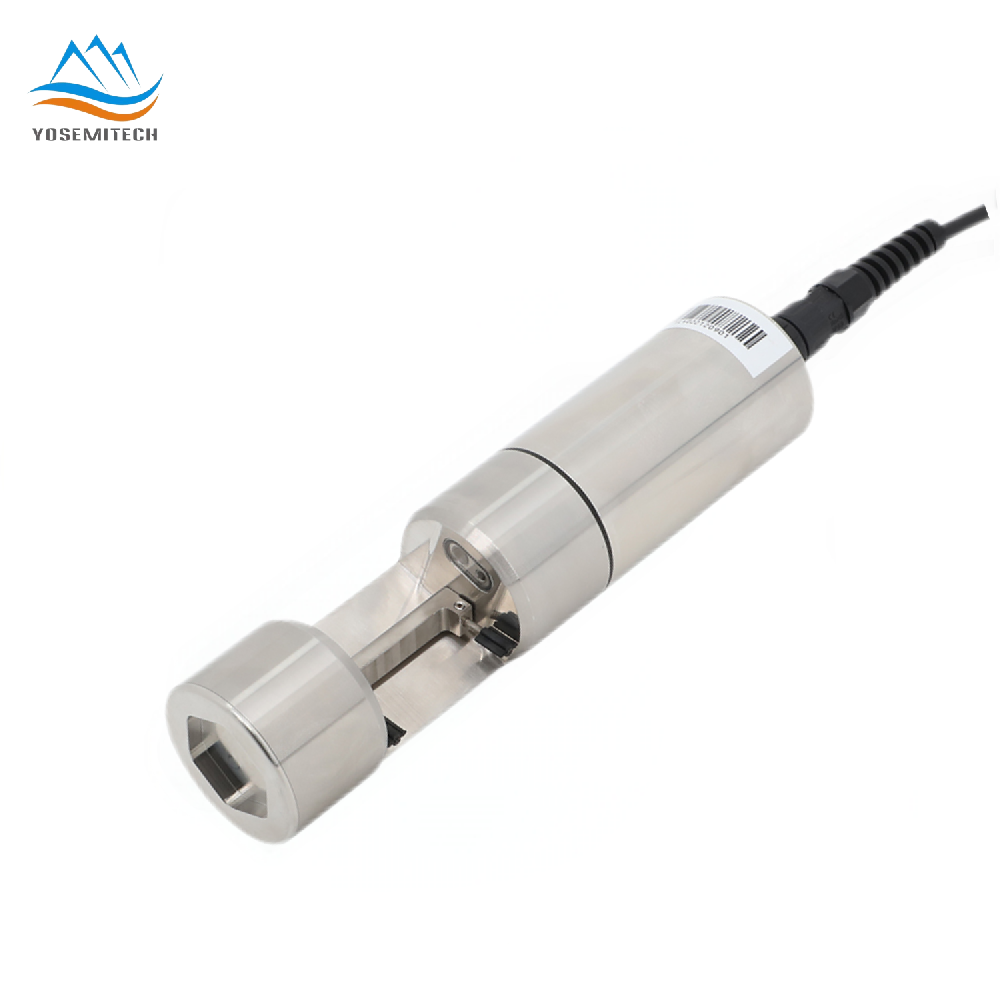Industry news
Effective COD Water Treatment Solutions for Industries
Writer: admin Time:2024-11-06 13:28:43 Browse:1509℃
In today's environmentally conscious world, industries are under increasing pressure to manage their wastewater effectively. Chemical Oxygen Demand (COD) is a critical parameter in assessing the quality of industrial wastewater, making it essential to implement effective COD water treatment solutions. In this blog, we'll explore the importance of COD wastewater treatment, the role of COD sensors, and the best solutions available for industries to meet regulatory standards and environmental goals.
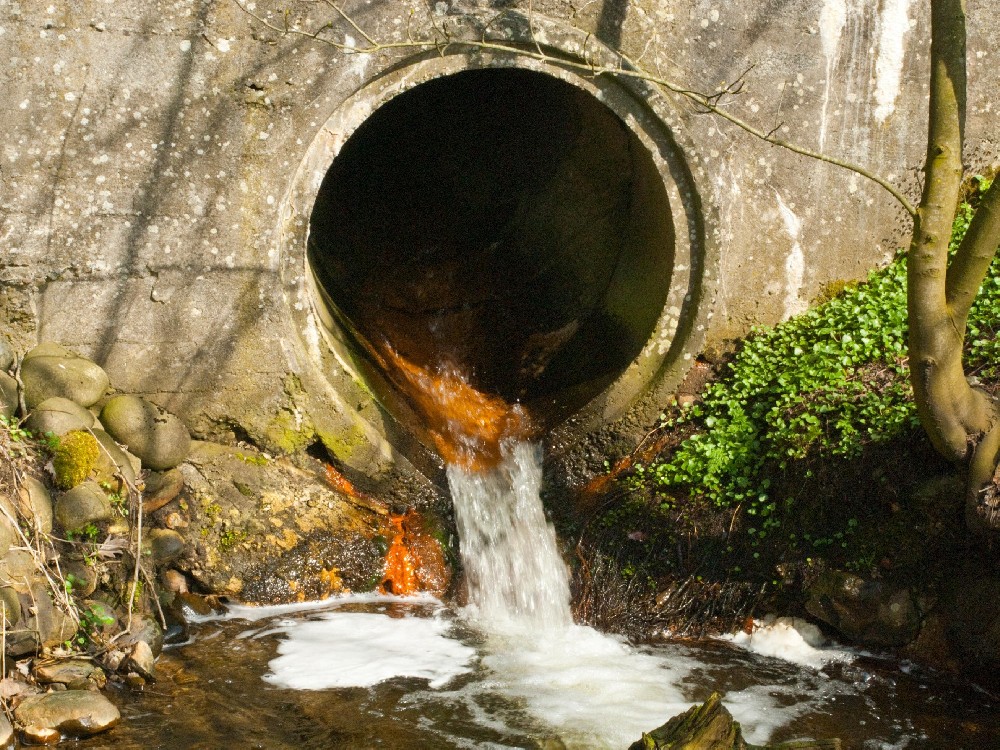
Understanding COD in Wastewater
COD measures the amount of oxygen required to break down organic and inorganic matter in water, making it a key indicator of water pollution. High levels of COD in wastewater can harm aquatic ecosystems and pose significant environmental risks. Therefore, industries must monitor and reduce COD levels in their effluents to comply with environmental regulations and avoid hefty fines.
The Importance of COD Wastewater Treatment
Environmental Protection: Reducing COD levels helps protect aquatic life and maintain ecological balance.
Regulatory Compliance: Many countries have strict regulations on wastewater discharge, requiring industries to treat COD effectively.
Resource Recovery: Proper treatment can facilitate the recovery of valuable resources from wastewater, contributing to sustainability.
Reputation Management: Companies that manage their wastewater responsibly enhance their brand image and customer trust.
Advanced Solutions for COD Water Treatment
Biological Treatment: Utilizing microorganisms to break down organic matter is an eco-friendly and cost-effective method. Biological treatment processes, such as activated sludge systems, are widely used to reduce COD levels.
Chemical Oxidation: This method involves using chemicals like ozone, chlorine, or hydrogen peroxide to oxidize organic pollutants. It's highly effective for treating high COD concentrations but can be expensive due to chemical costs.
Membrane Filtration: Technologies like ultrafiltration and reverse osmosis can remove suspended solids and reduce COD. These systems are effective but require regular maintenance and can be energy-intensive.
Advanced Oxidation Processes (AOPs): AOPs use a combination of oxidants and UV light to degrade complex organic pollutants. They are effective for treating recalcitrant compounds but may involve high operational costs.
Anaerobic Treatment: This process involves the breakdown of organic matter in the absence of oxygen, often used for high-strength wastewater. It can generate biogas as a byproduct, offering a renewable energy source.
The Role of COD Sensors in Monitoring
COD sensors are invaluable tools for real-time monitoring of wastewater treatment processes. They provide continuous data on COD levels, allowing industries to optimize their treatment systems and ensure compliance with discharge standards. Advanced COD sensors offer high accuracy and minimal maintenance, making them an essential component of modern water treatment systems.
Implementing Effective COD Treatment Strategies
To implement effective COD water treatment solutions, industries should:
Conduct Regular Assessments: Regularly evaluate wastewater characteristics to identify appropriate treatment methods.
Invest in Technology: Utilize advanced treatment technologies and sensors to enhance efficiency and effectiveness.
Train Personnel: Ensure staff are trained in operating and maintaining treatment systems and sensors.
Optimize Processes: Continuously optimize treatment processes based on real-time data to achieve desired COD reductions.
Conclusion
Effective COD water treatment solutions are vital for industries aiming to meet environmental standards and protect natural resources. By leveraging advanced technologies and monitoring tools, industries can significantly reduce their environmental footprint while enhancing operational efficiency. Investing in robust COD wastewater treatment systems not only ensures compliance but also promotes sustainability and corporate responsibility.
Related articles:
https://e.yosemitech.com/industry/BOD-vs-COD-Key-Differences-Explained.html
https://e.yosemitech.com/FAQ/COD-BOD-TSS-Monitoring-Sensor-FAQs.html
CATEGORIES
CONTACT US
Yosemitech Technologies Co., Ltd
 +86 19984844080
+86 19984844080
 sales@yosemitech.com
sales@yosemitech.com
 Bldg,25,CECEP Industrial Park, No. 18 Dongchang Rd. Suzhou Industrial Park, Jiangsu Province,China 215126, China
Bldg,25,CECEP Industrial Park, No. 18 Dongchang Rd. Suzhou Industrial Park, Jiangsu Province,China 215126, China
